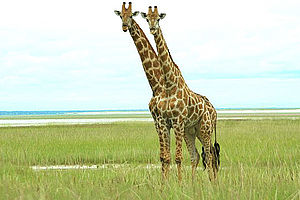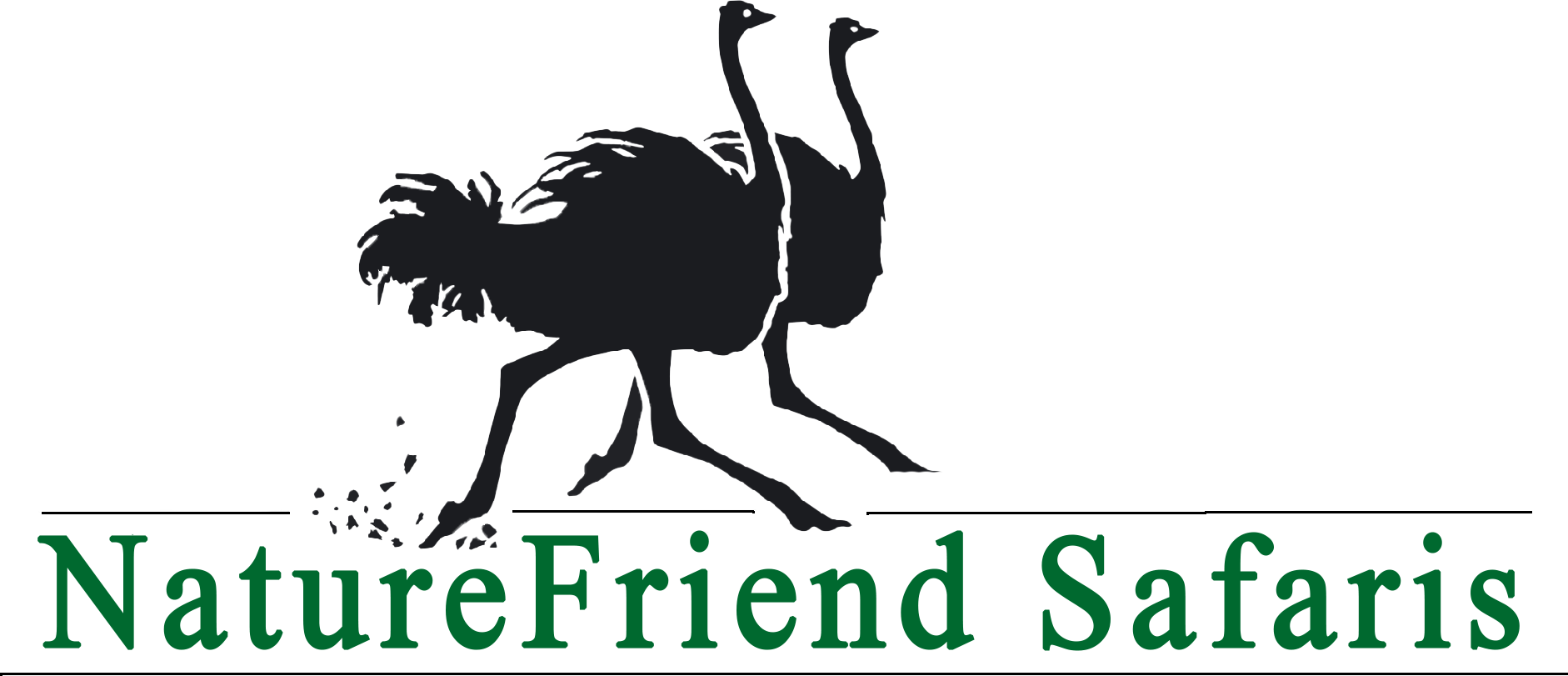What name do you give to a number of lions living together? Easy – there is one collective term known to most people – a . Why this designation? Its origin is obscure but probably relates to the so-called King of Beasts’ regal appearance. Over time I have found words describing groups of a variety of animal species. Animals of course include all vertebrates, namely mammals, birds, reptiles, amphibians and fish, plus the vast array of invertebrates such as insects. The result makes interesting reading and sometimes displays imagination that is difficult to interpret.
TThere are the easy ones, like a flock of sheep, a herd of cattle or wildebeest or kudu, a pack of wolves or hounds or a litter of puppies. Others are less known – like a skein of flamingos or swans or wild geese, while domestic geese merely qualify for a gaggle. When seals haul out onto their favourite beach or island they constitute a rookery and the fish they eat will be a shoal. Of course, if fishermen catch the same fish in a net, they will automatically change their name to a catch or haul. The lowly donkey, when used as a draught animal, will simply be a pack. Harnessing two or more horses or oxen together to do man’s bidding will make them a team. If, on the other hand, you were to muster them into moving in a definite direction, they would become a drove. Elevating the same horses for pleasure riding or racing or breeding, the owner would not dare to do less than to refer to them as a stud. Ordinary birds and insects moving together are a flight but if bees and locusts do the same thing they must be called a swarm. The same bees will naturally change to a hive when they return to their nest. This word nest is reserved for a number of ants and rabbits that inhabit the same place. If you breed chickens, you will have produced a brood.
Less common descriptions are when whales or porpoises surface from a dive into the ocean depths. They will re-enter the world of oxygen by breaching in a school or gam or pod. Incidentally, amphibious hippos too live in a pod. The shotgun-bearing hunter will use his spaniels to flush a covey of francolin or other game birds. If he were to hunt quails, he would search instead for a bevy of these tiny, feathered forms. He who suffers the depredations of monkeys in his fruit trees should use no other adjectives than troop when surveying the damage wrought by these nimble nuisances.
Still easy on the tongue? Let us enter the world of the rich. A man who can afford to decorate his country estate with the magnificence of peacocks will casually refer to the muster that wakes him and his servants with raucous, early morning shrieks. He will, of course, not house the common crow on his land but will, instead, refer to the building of rooks that caw from the lofty beams. This wealthy person will possess a clowder of selected cats to keep the rodents at bay in his barns. These felines will regularly produce a kindle of kittens, much to the delight of the landlord. Naturally, he will occasionally take to the rolling fields to hunt the down of hares that attempt to escape his swathe of dogs and gun. The really wealthy scoff at these lower pursuits and instead kindle their pleasure by keeping a caste of hawks in their stables. Of course, these prosperous persons may suffer sleep disturbance when a nightly chorus of frogs chimes from their extensive fish ponds.
Moving on to the realm of wild beasts – some astonishing words appear to describe groupings. Seldom moving together, except at mating and when the female is raising cubs, Africa’s ultimate predator the leopard moves in shades of silence. Solitary and secretive, the Prince of Stealth is an embodiment of feline beauty. It has the widest distribution of any wild cat species, ranking second only to the domestic tabby in its occurrence. Nevertheless, a sighting of two or more leopards together is rare and when this occurs the viewer can claim to have seen a leap of leopards. The cheetah is also referred to as the Spotted Sphinx and, like most other large cats, is a loner except when mating and raising cubs. Sighting a group of cheetahs together is more likely than in the case of leopards. This can be a number of males when they, like lions, form a coalition, which is a partnership that favours co-operative hunting. In the case of seeing a mother with cubs the lucky observer can also claim to have seen a chirp of cheetahs because of the mother’s habit of calling her offspring with a series of birdlike chirps. Cheetahs together are also known as a blur, referring to the swiftness of their stride, which reaches a velocity of 110 kilometres an hour or 30 metres a second. Relics from a bygone era when strange beasts roamed the savannas of Africa, the present day square-and hook-lipped rhinos resemble lumbering tanks of muscle. No one wants to be in the path of a rush of rhinos. Naturally, when watching a tower of giraffes at a waterhole, you will wonder how many vertebrae they have in their 2 metre-long necks. Surprisingly, the number is 7, exactly the same as us humans. Having pondered this anatomical aberration, you spot a sounder of warthogs as they approach the waterhole with a no-nonsense attitude, their tails held in antenna fashion.
Enter the elephant – Lord of the Beasts – whose society is controlled by a matriarchal lineage consisting of complex relationships. The family unit is one adult cow with as many as 30 sons, daughters, grand daughters and great grand daughters. When more than one family unit combines, a bond group or kin group is formed that can number up to 150 pachyderms. During the rainy season bonded or kinship groups may merge and form a formidable clan.
These descriptions portray our interest and interpretation of the images that the animal world creates in our perception of their forms and the manner in which they function. Our words reflect our planet’s rich animal life and with time this vocabulary will surely increase.
Text by Dr. Hu Berry
First published in “Flamingo” June 2005

